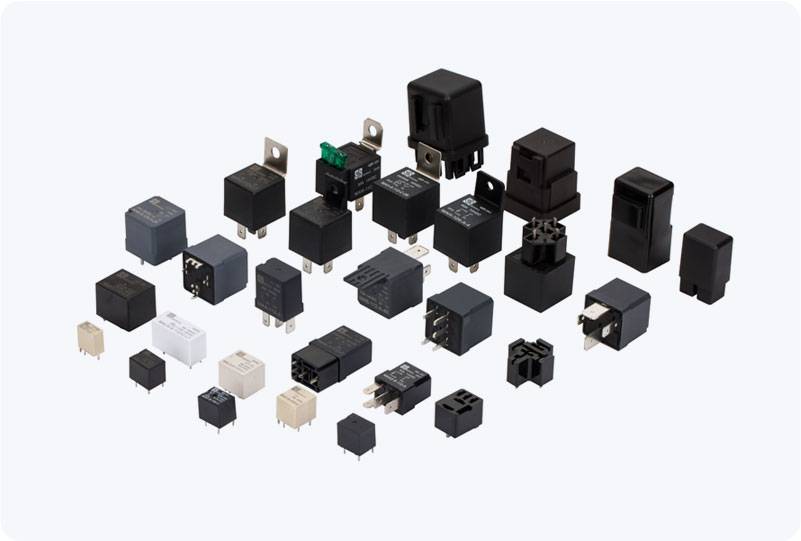understanding the starter motor relay: its function and importance in automotive systems
Release time:2025-11-20 08:47:13
The starter motor relay is a crucial component in automotive electrical systems that plays a significant role in ensuring the smooth operation of a vehicle's starting mechanism. It serves as a bridge between the battery, the ignition switch, and the starter motor, ensuring that power is delivered efficiently and safely to the starter motor when needed. This article will explore the function, working principle, and common issues associated with starter motor relays, shedding light on their importance in automotive maintenance and repair.

What is a Starter Motor Relay?
A starter motor relay is an electrical switch that uses an electromagnet to control the flow of electrical current to the vehicle's starter motor. When the ignition key is turned to the "start" position, the ignition switch sends a small electrical signal to the relay, which in turn closes its contacts, allowing a much larger electrical current from the battery to flow to the starter motor. This energizes the starter motor, enabling it to turn the engine over and initiate the combustion process.
The relay is typically mounted on the vehicle's firewall or near the starter motor, depending on the make and model of the vehicle. It is designed to handle high current, which the ignition switch alone cannot manage, preventing damage to the switch or other sensitive components in the electrical system.

